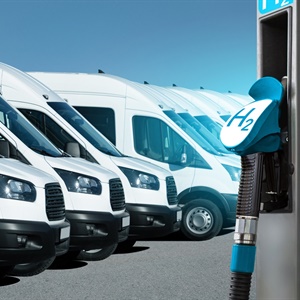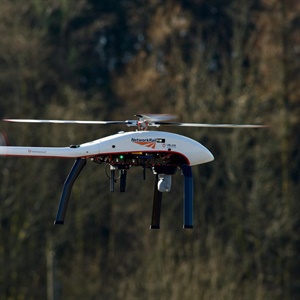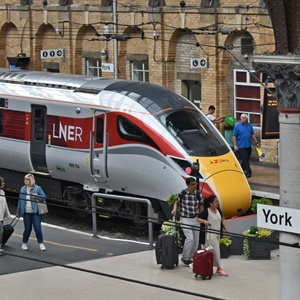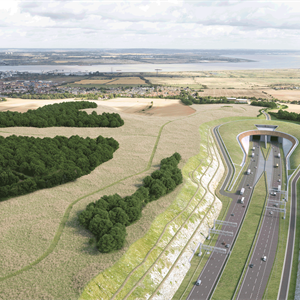Industry insight: Hydrogen is key to Europe's clean energy future
The following article is provided by Javier Cavada, President and CEO at Mitsubishi Power EMEA. As the climate crisis intensifies, the need to accelerate global decarbonisation strengthens. In Europe, huge strides have been made to prioritise the transition to renewable energy, to reduce reliance on gas and to chart a future that has energy security and sustainability at its centre. It’s no secret that major barriers exist, not least financing, implementation, cost and geopolitics. The power sector contributes over 75% of Europe’s greenhouse gas emissions, making it a target for reducing emissions to achieve the EU’s 90% carbon emissions reduction goal by 2040. Supporting more renewables, as the cleanest and most abundant form of power on to our grid systems, is the most effective route…






















